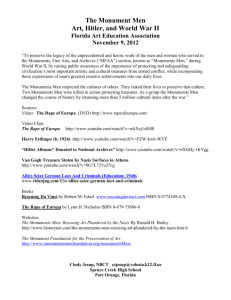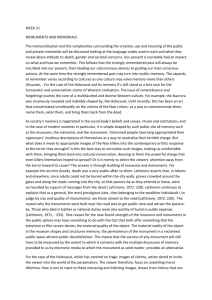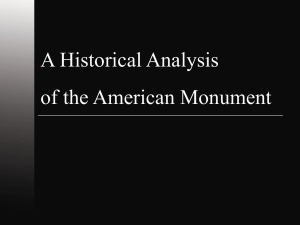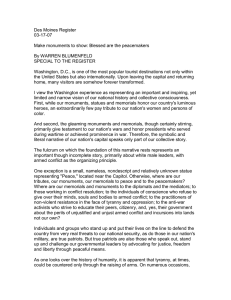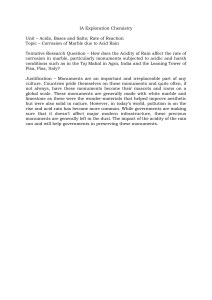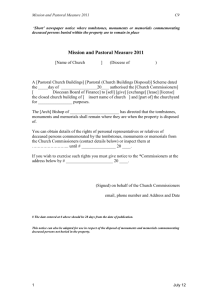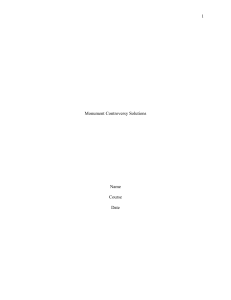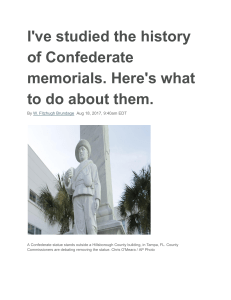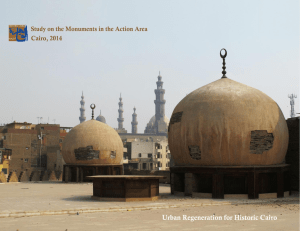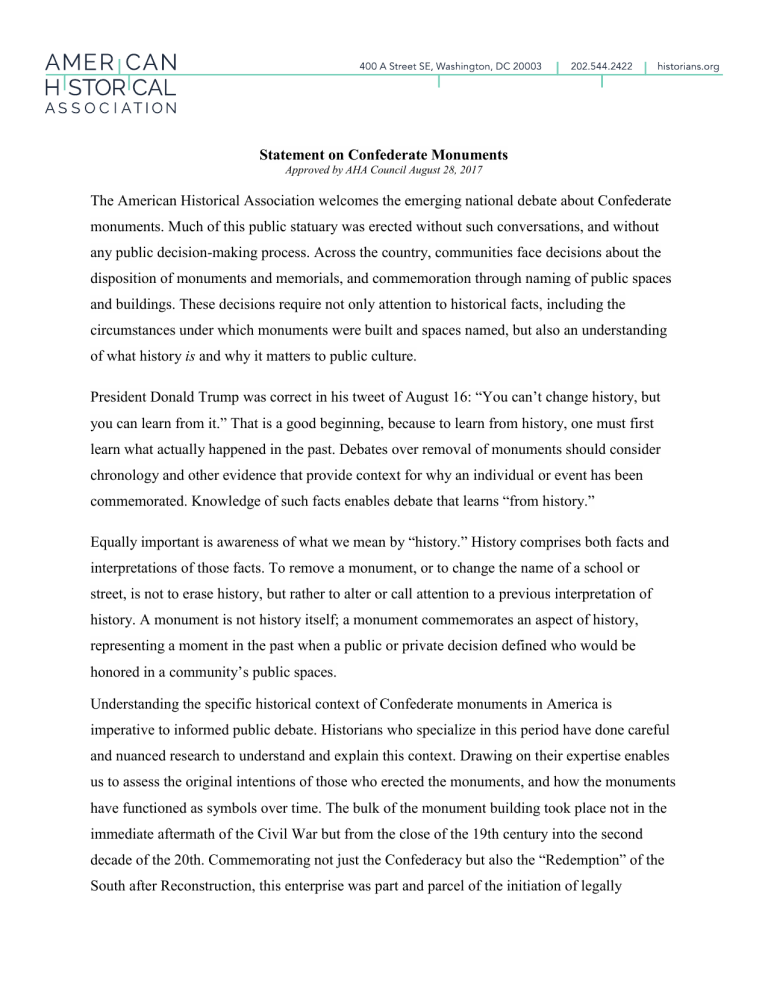
Statement on Confederate Monuments Approved by AHA Council August 28, 2017 The American Historical Association welcomes the emerging national debate about Confederate monuments. Much of this public statuary was erected without such conversations, and without any public decision-making process. Across the country, communities face decisions about the disposition of monuments and memorials, and commemoration through naming of public spaces and buildings. These decisions require not only attention to historical facts, including the circumstances under which monuments were built and spaces named, but also an understanding of what history is and why it matters to public culture. President Donald Trump was correct in his tweet of August 16: “You can’t change history, but you can learn from it.” That is a good beginning, because to learn from history, one must first learn what actually happened in the past. Debates over removal of monuments should consider chronology and other evidence that provide context for why an individual or event has been commemorated. Knowledge of such facts enables debate that learns “from history.” Equally important is awareness of what we mean by “history.” History comprises both facts and interpretations of those facts. To remove a monument, or to change the name of a school or street, is not to erase history, but rather to alter or call attention to a previous interpretation of history. A monument is not history itself; a monument commemorates an aspect of history, representing a moment in the past when a public or private decision defined who would be honored in a community’s public spaces. Understanding the specific historical context of Confederate monuments in America is imperative to informed public debate. Historians who specialize in this period have done careful and nuanced research to understand and explain this context. Drawing on their expertise enables us to assess the original intentions of those who erected the monuments, and how the monuments have functioned as symbols over time. The bulk of the monument building took place not in the immediate aftermath of the Civil War but from the close of the 19th century into the second decade of the 20th. Commemorating not just the Confederacy but also the “Redemption” of the South after Reconstruction, this enterprise was part and parcel of the initiation of legally mandated segregation and widespread disenfranchisement across the South. Memorials to the Confederacy were intended, in part, to obscure the terrorism required to overthrow Reconstruction, and to intimidate African Americans politically and isolate them from the mainstream of public life. A reprise of commemoration during the mid-20th century coincided with the Civil Rights Movement and included a wave of renaming and the popularization of the Confederate flag as a political symbol. Events in Charlottesville and elsewhere indicate that these symbols of white supremacy are still being invoked for similar purposes. To remove such monuments is neither to “change” history nor “erase” it. What changes with such removals is what American communities decide is worthy of civic honor. Historians and others will continue to disagree about the meanings and implications of events and the appropriate commemoration of those events. The AHA encourages such discussions in publications, in other venues of scholarship and teaching, and more broadly in public culture; historical scholarship itself is a conversation rooted in evidence and disciplinary standards. We urge communities faced with decisions about monuments to draw on the expertise of historians both for understanding the facts and chronology underlying such monuments and for deriving interpretive conclusions based on evidence. Indeed, any governmental unit, at any level, may request from the AHA a historian to provide consultation. We expect to be able to fill any such request. We also encourage communities to remember that all memorials remain artifacts of their time and place. They should be preserved, just like any other historical document, whether in a museum or some other appropriate venue. Prior to removal they should be photographed and measured in their original contexts. These documents should accompany the memorials as part of the historical record. Americans can also learn from other countries’ approaches to these difficult issues, such as Coronation Park in Delhi, India, and Memento Park in Budapest, Hungary. Decisions to remove memorials to Confederate generals and officials who have no other major historical accomplishment does not necessarily create a slippery slope towards removing the nation’s founders, former presidents, or other historical figures whose flaws have received substantial publicity in recent years. George Washington owned enslaved people, but the Washington Monument exists because of his contributions to the building of a nation. There is no logical equivalence between the builders and protectors of a nation—however imperfect—and the men who sought to sunder that nation in the name of slavery. There will be, and should be, debate about other people and events honored in our civic spaces. And precedents do matter. But so does historical specificity, and in this case the invocation of flawed analogies should not derail legitimate policy conversation. Nearly all monuments to the Confederacy and its leaders were erected without anything resembling a democratic process. Regardless of their representation in the actual population in any given constituency, African Americans had no voice and no opportunity to raise questions about the purposes or likely impact of the honor accorded to the builders of the Confederate States of America. The American Historical Association recommends that it’s time to reconsider these decisions.

